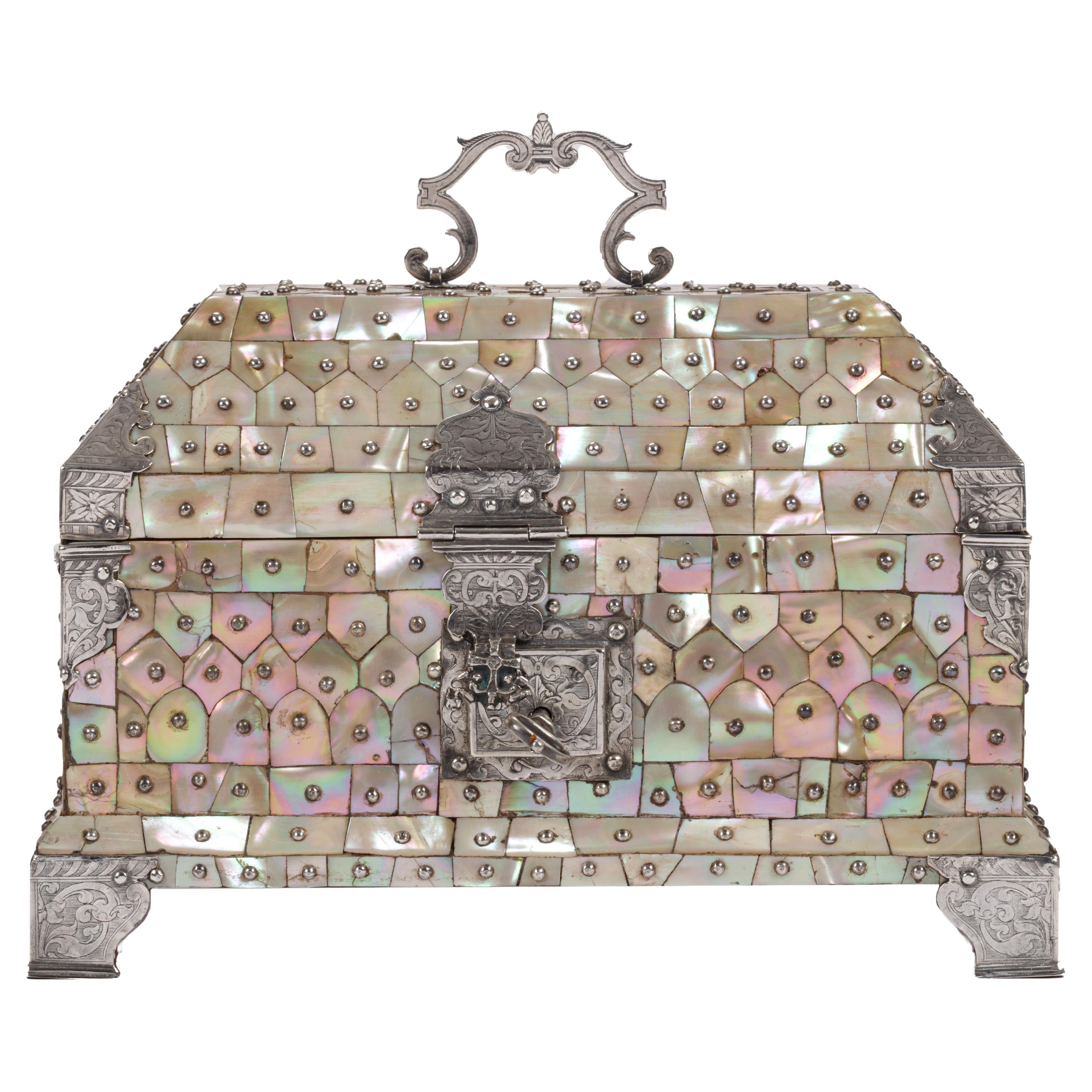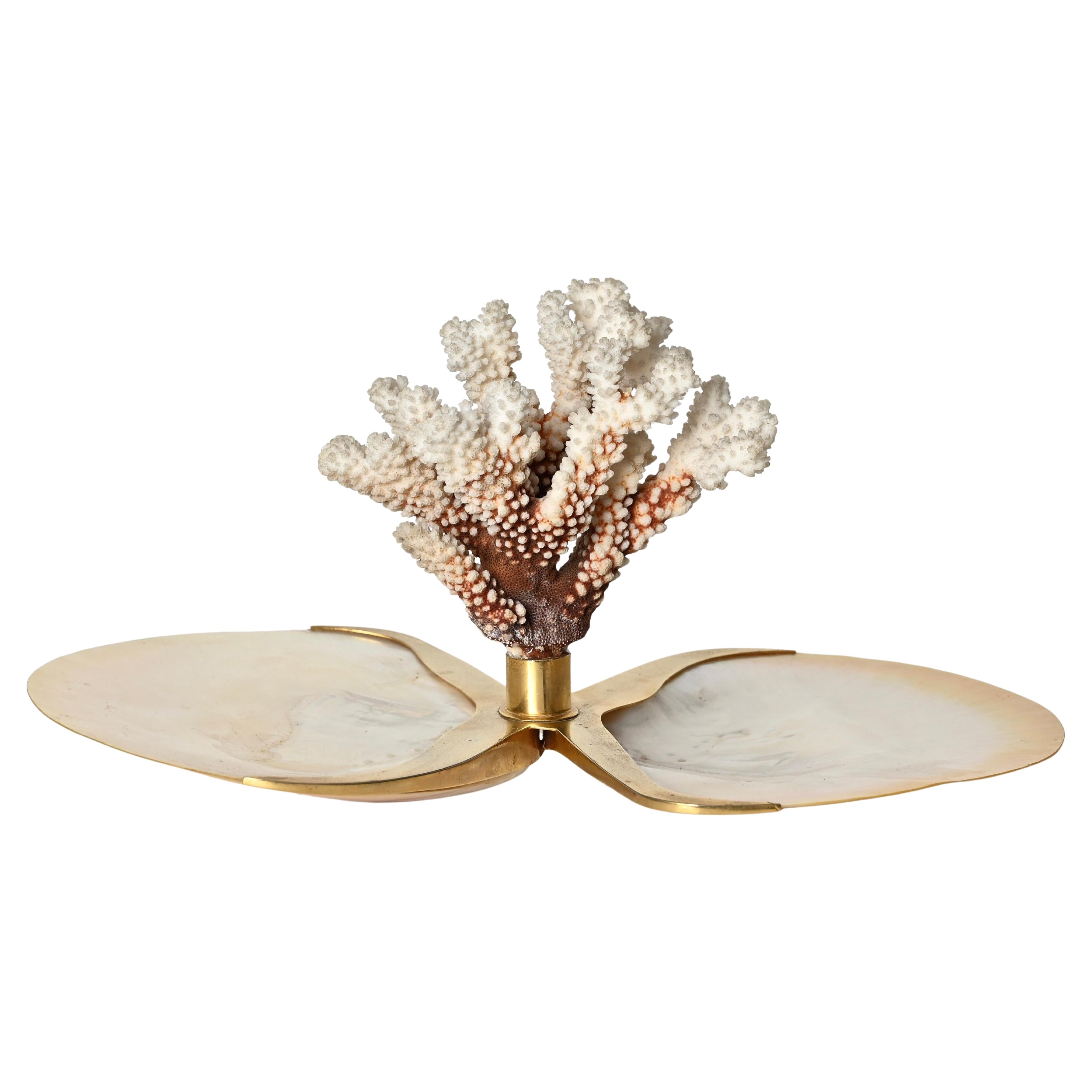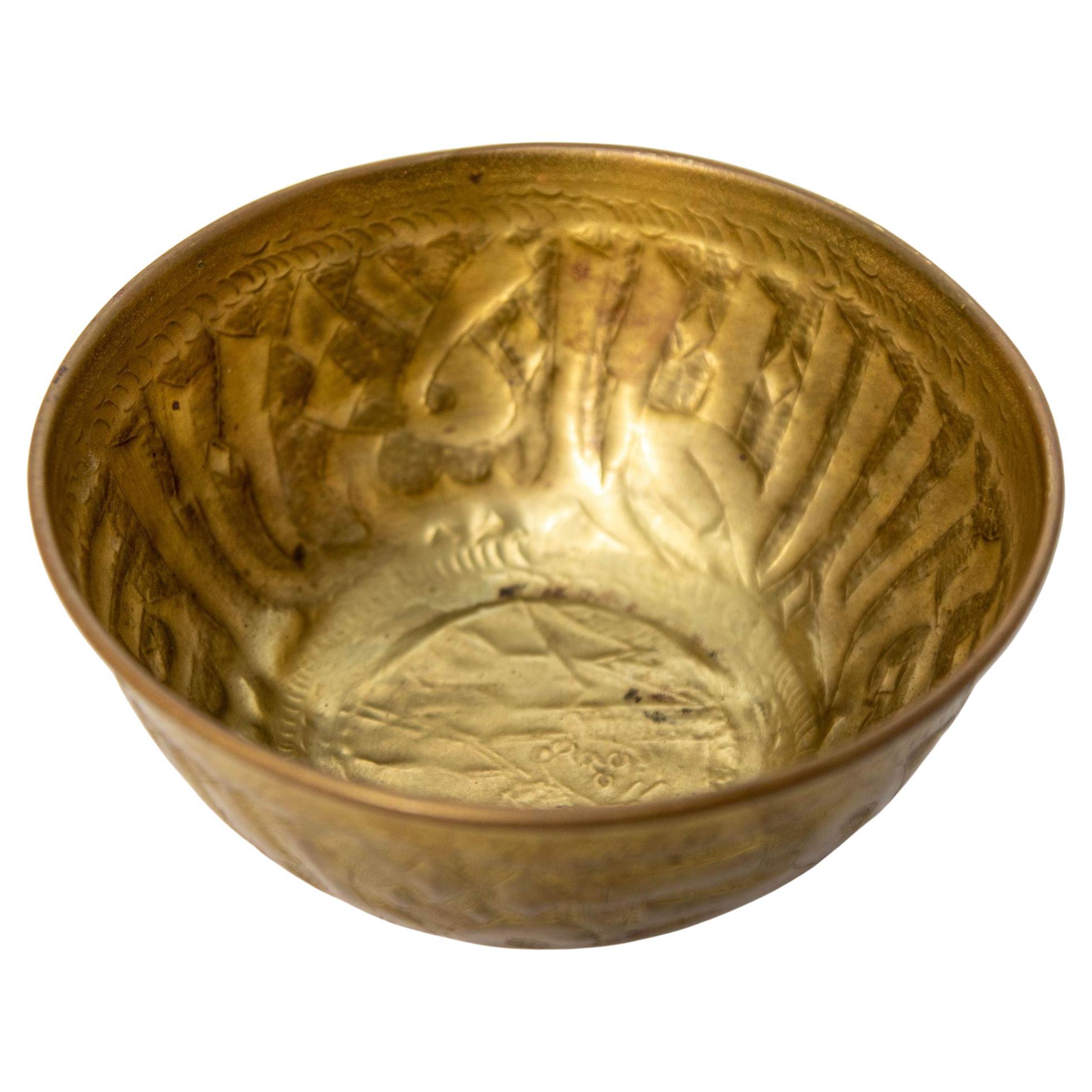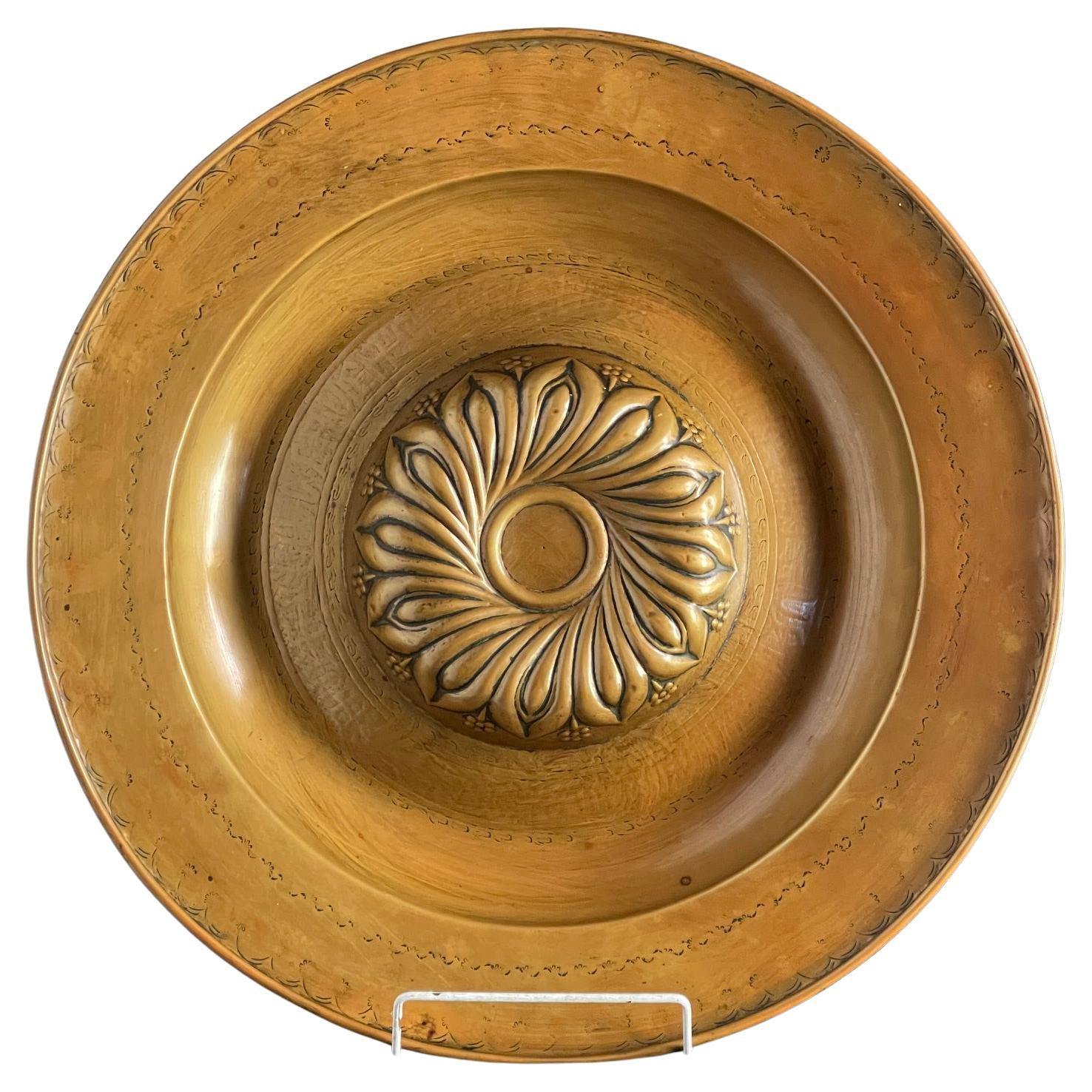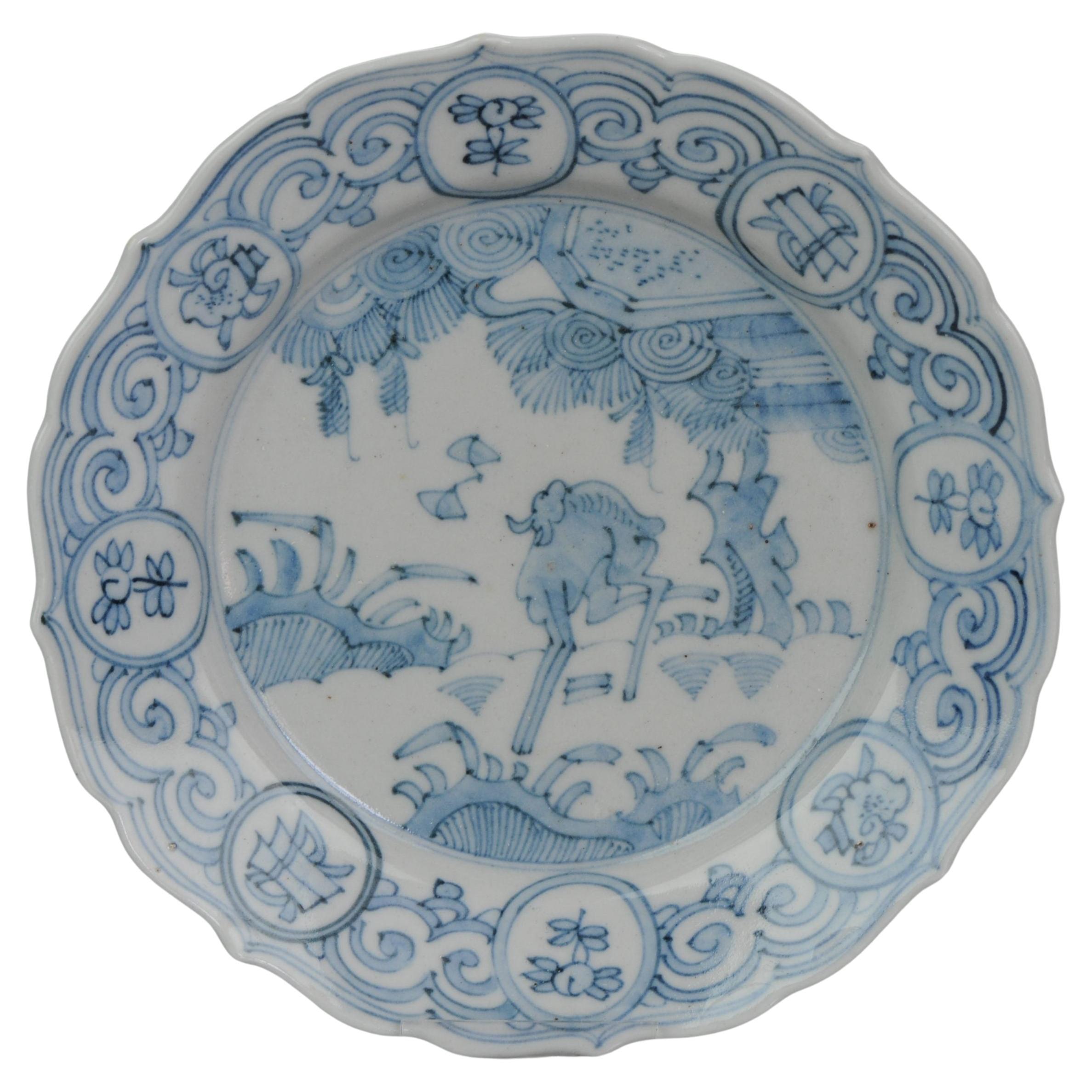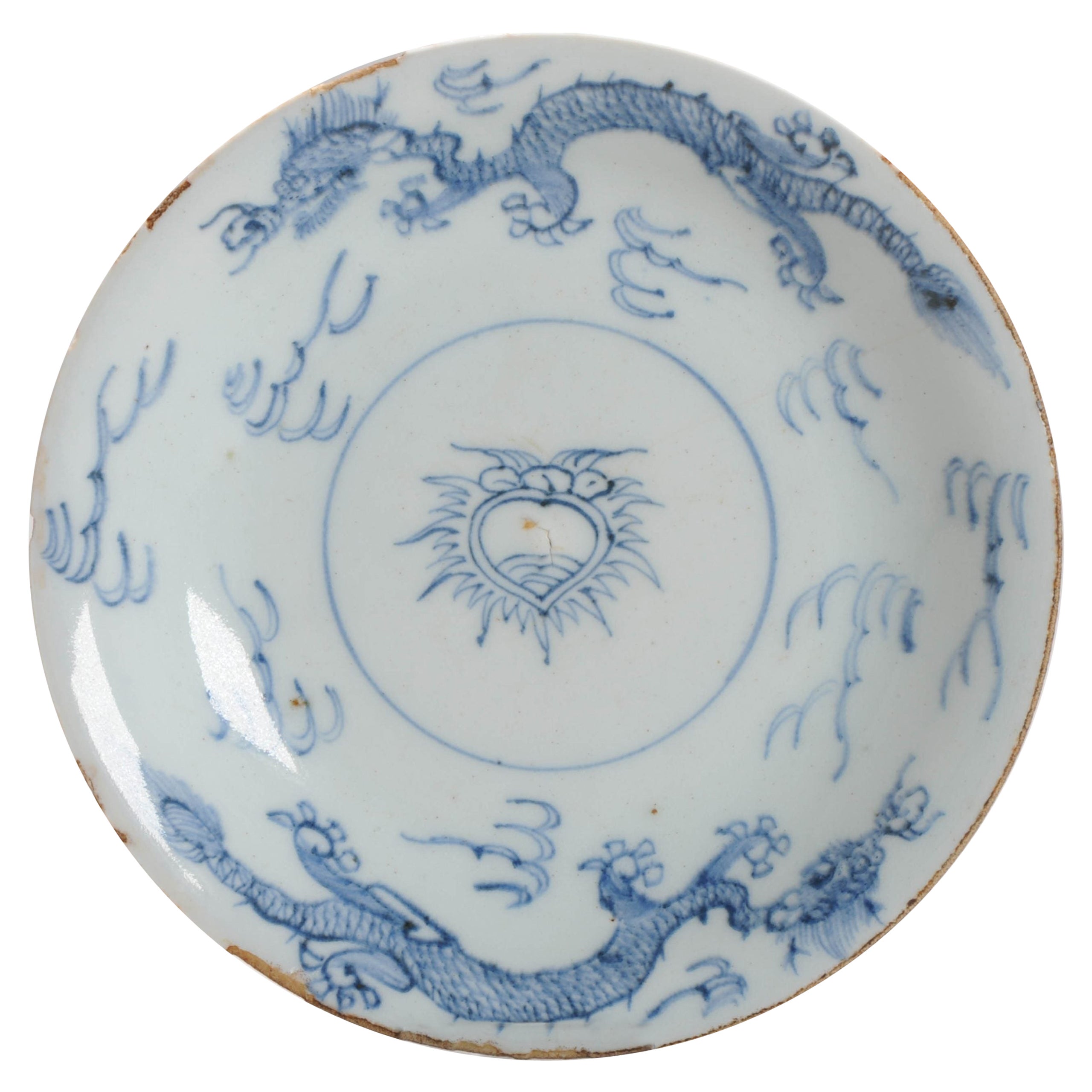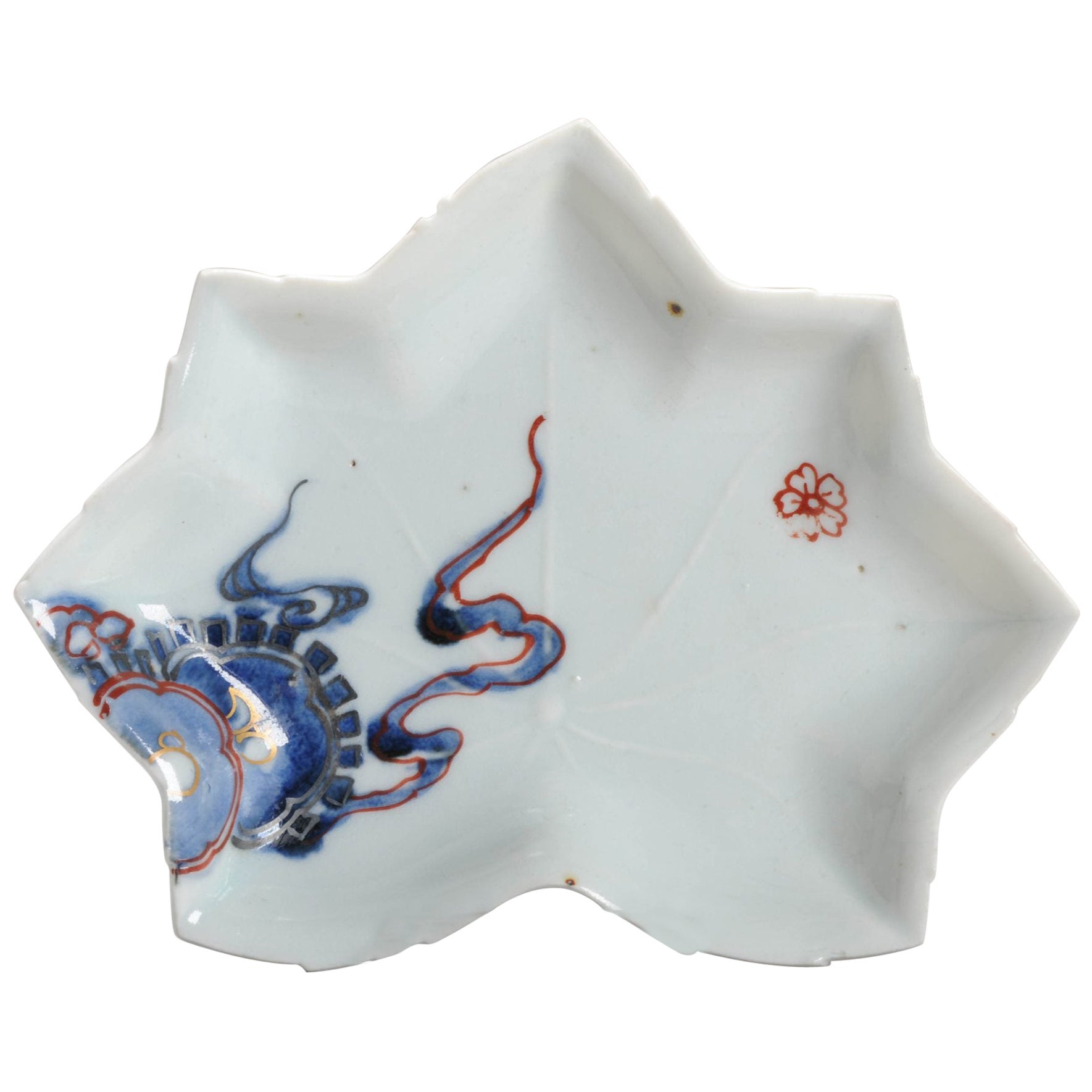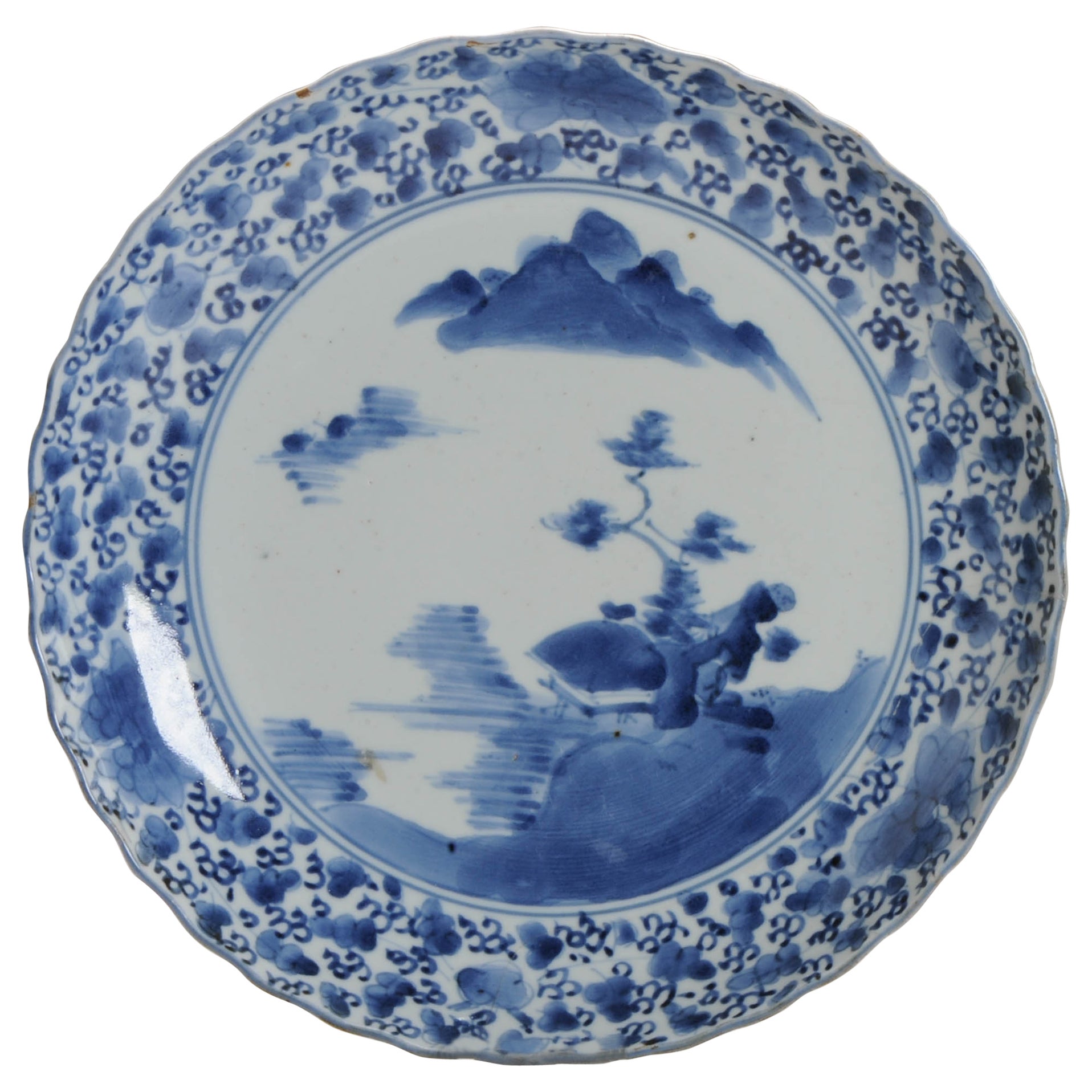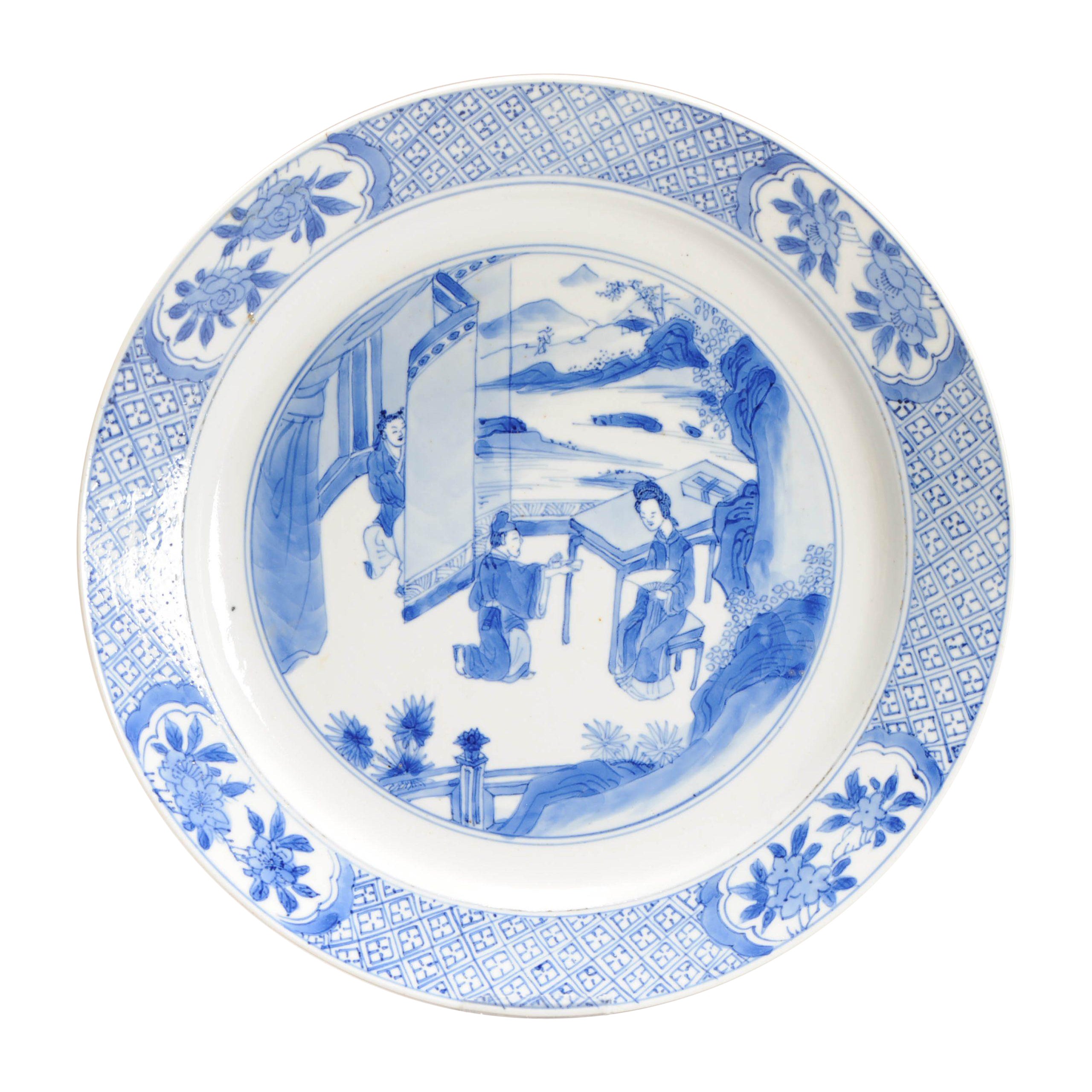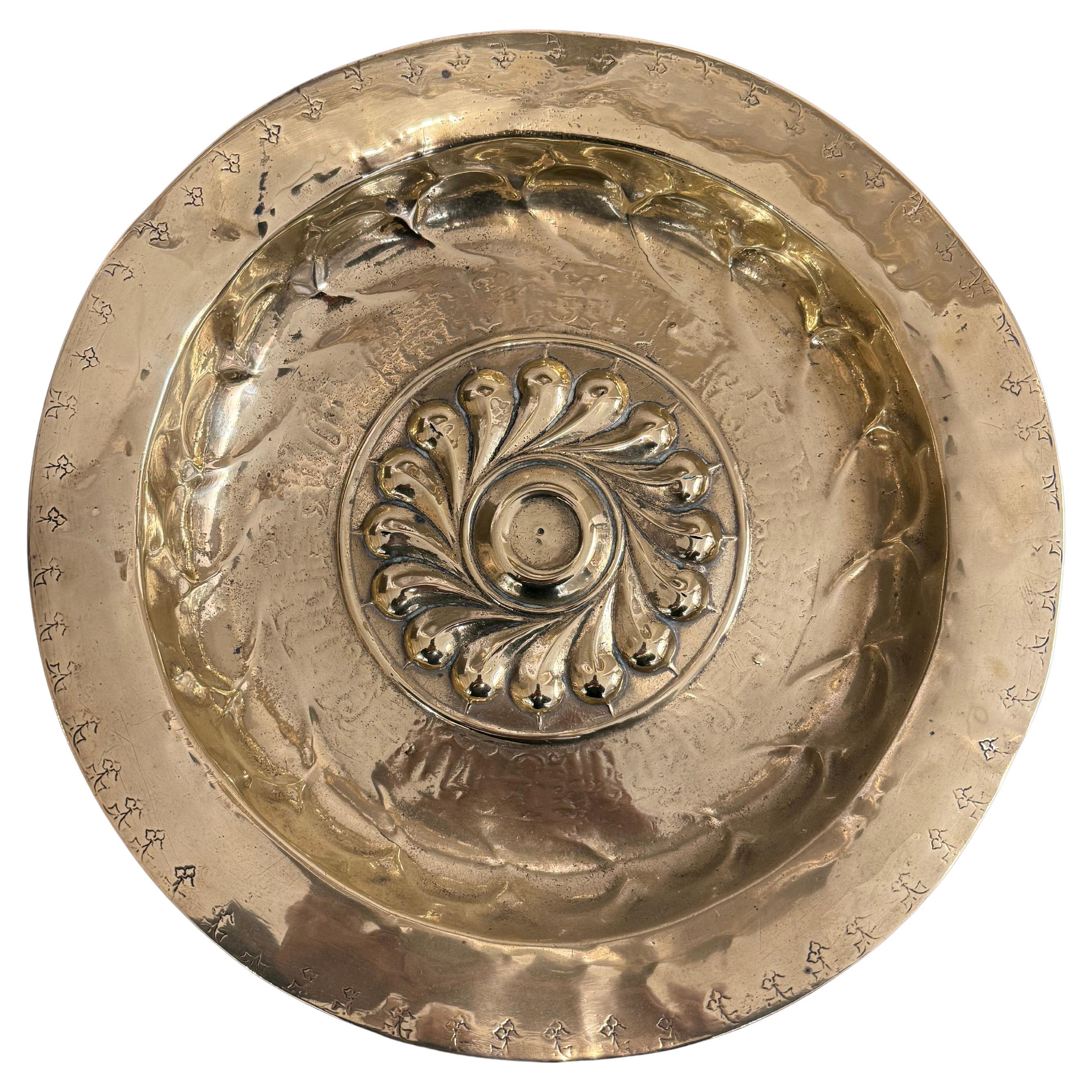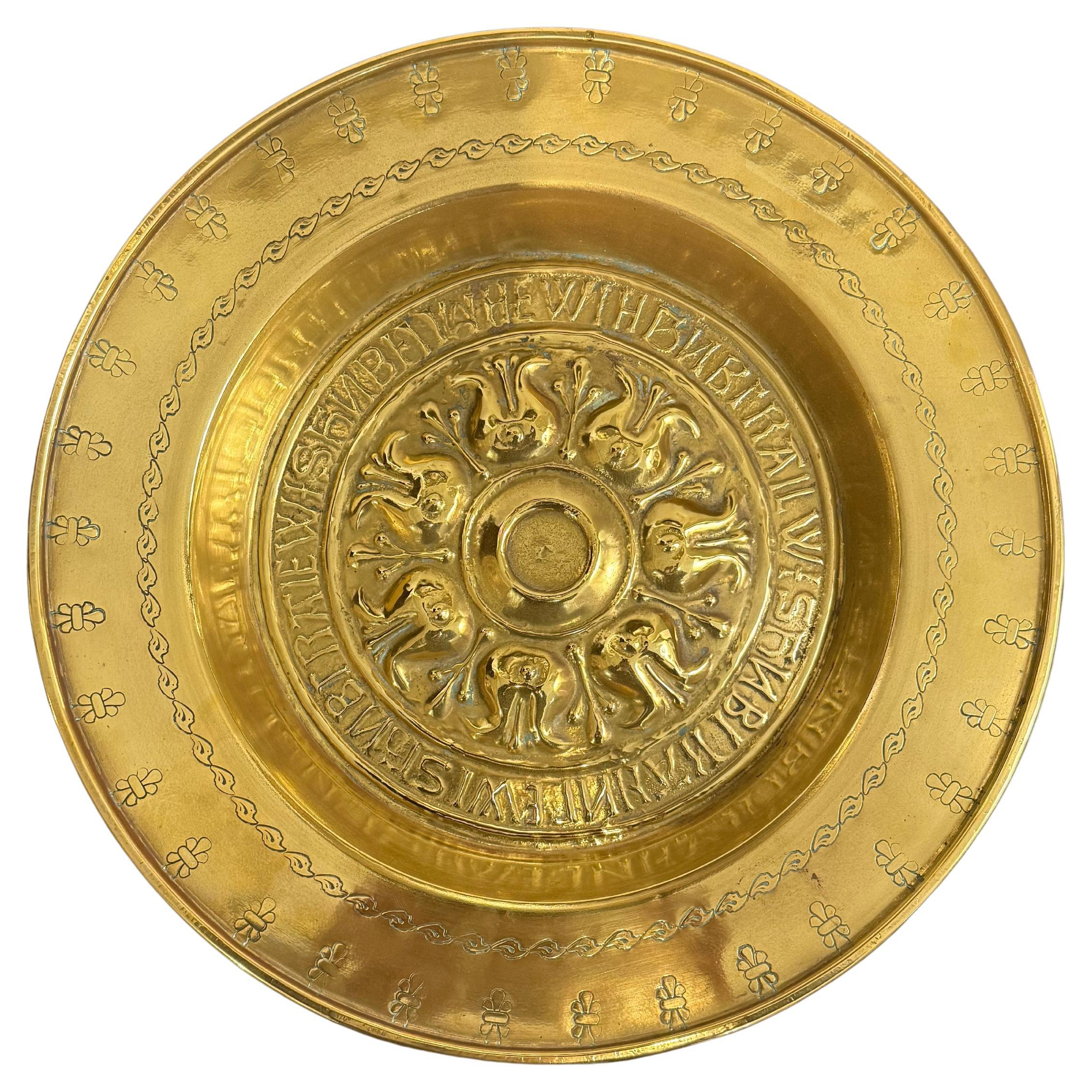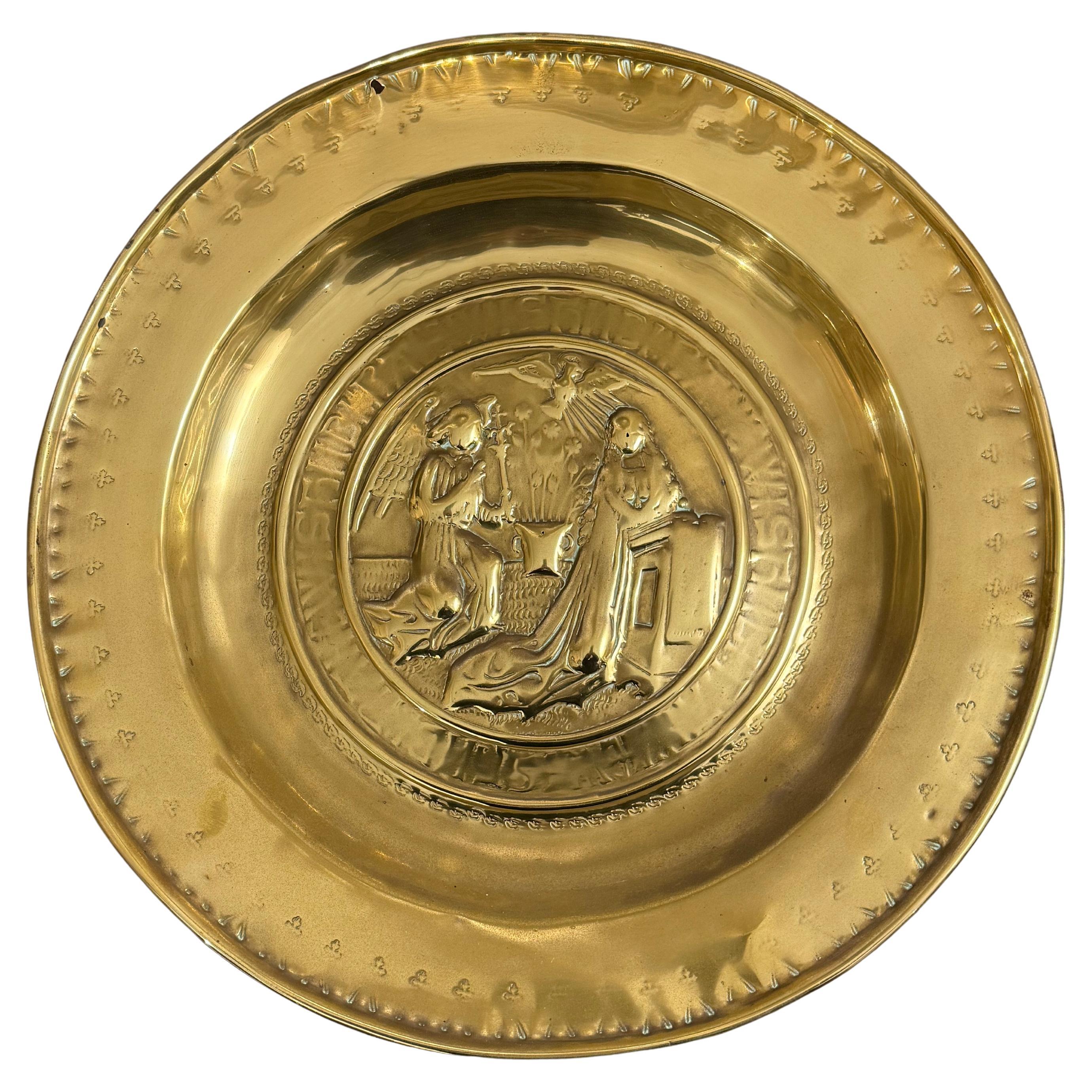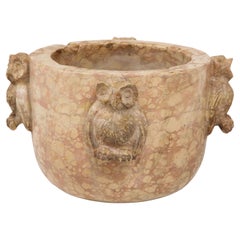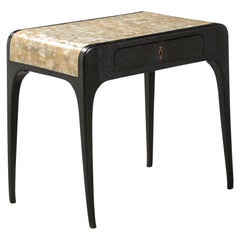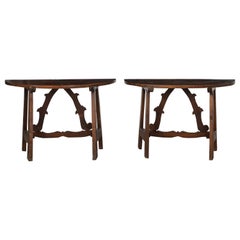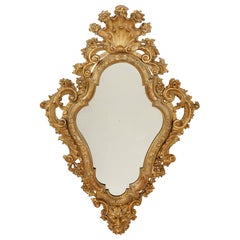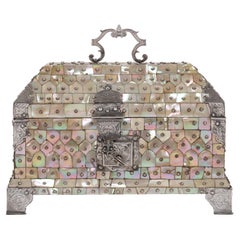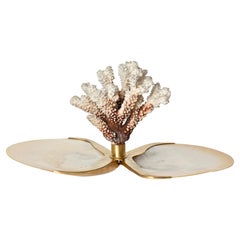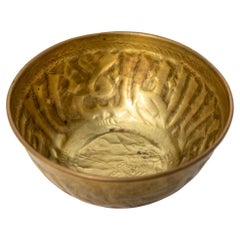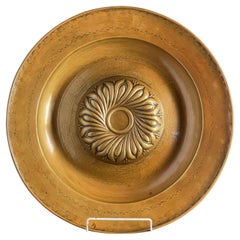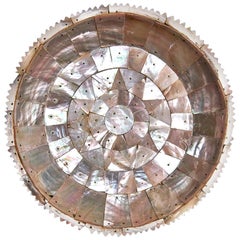
Indo-Portuguese Mother-of-Pearl Dish, Gujarat, Mughal Period, 17th Century
View Similar Items
Want more images or videos?
Request additional images or videos from the seller
1 of 3
Indo-Portuguese Mother-of-Pearl Dish, Gujarat, Mughal Period, 17th Century
$22,500List Price
About the Item
- Dimensions:Height: 1.25 in (3.18 cm)Diameter: 8 in (20.32 cm)
- Style:Islamic (Of the Period)
- Materials and Techniques:
- Place of Origin:
- Period:
- Date of Manufacture:17th Century
- Condition:
- Seller Location:New York, NY
- Reference Number:1stDibs: LU143323113552
About the Seller
5.0
Platinum Seller
Premium sellers with a 4.7+ rating and 24-hour response times
Established in 2015
1stDibs seller since 2015
193 sales on 1stDibs
Authenticity Guarantee
In the unlikely event there’s an issue with an item’s authenticity, contact us within 1 year for a full refund. DetailsMoney-Back Guarantee
If your item is not as described, is damaged in transit, or does not arrive, contact us within 7 days for a full refund. Details24-Hour Cancellation
You have a 24-hour grace period in which to reconsider your purchase, with no questions asked.Vetted Professional Sellers
Our world-class sellers must adhere to strict standards for service and quality, maintaining the integrity of our listings.Price-Match Guarantee
If you find that a seller listed the same item for a lower price elsewhere, we’ll match it.Trusted Global Delivery
Our best-in-class carrier network provides specialized shipping options worldwide, including custom delivery.More From This Seller
View AllNorthern Italian 17th Century Marble Mortar with Carved Owl Decoration
Located in New York, NY
This uniquely beautiful Northern Italian mortar was carved from a solid block of Breccia marble. On each of the sides are four fancifully and intricately carved charming and expressive owls. This is a wonderful example of an everyday object made with beauty in mind, likely made for a noble families house in the North of Italy. Mortars were used in the kitchens or in apothecaries to crush herbs into powder for medicinal purposes. This highly sculptural and unique piece would be suitable today as a magnificent decoration on a table or mantle, or to grace the counter of an open kitchen design...
Category
Antique 17th Century Italian Urns
Materials
Breccia Marble
Italian 1930's Mother of Pearl Hand-Carved Table
Located in New York, NY
A highly unique and rare Italian 1930's console or vanity table; the exquisite mother of pearl surface cascades down the sides creating a waterfall effect; the apron and legs of hand...
Category
Vintage 1930s Italian Art Deco Tables
Materials
Brass
Pair of Italian Period Baroque Walnut Demi-Lune Console Tables, circa 1680
Located in New York, NY
Pair of Italian Period Baroque Walnut Demi-Lune Console Tables, circa 1680
With a sobriety and a serenity of line, these tables are perhaps the most authentic form of Italian Baroq...
Category
Antique 1680s Italian Baroque Demi-lune Tables
Materials
Walnut
Milanese Rococo Period Carved and Gilded Mirror, Italy, circa 1750
Located in New York, NY
Milanese Period Carved and Gilded Wall Mirror, Italy, circa 1750
An exuberantly hand-carved and gilded Milanese wall mirror; the craftsmanship and execution of the highest skill wi...
Category
Antique 1750s Italian Rococo Wall Mirrors
Materials
Mirror, Wood, Giltwood
Tibetan late 19th Century Carved Wood Lion Head Sculpture
Located in New York, NY
A highly unique and rare Tibetan carved wood lion head sculpture of a temple dog. This fierce yet friendly looking beast dates from the late 19th Century; executed with masterful c...
Category
Antique 1880s Tibetan Animal Sculptures
Materials
Metal
French 19th Century Gilded and Carved Wall Mirror, France, circa 1850
Located in New York, NY
An early very fine French Louis Philippe carved and gilded mirror with cross-hatch motif on the inner molding and traces of silver gilt. Original glass plate and wood backing.
An e...
Category
Antique Mid-19th Century French Louis Philippe Wall Mirrors
Materials
Silver Leaf
You May Also Like
16th-Century Indo-Portuguese Colonial Mother-of-pearl Gujarat Casket
Located in Amsterdam, NL
An exceptional Indo-Portuguese colonial mother-of-pearl veneered casket with silver mounts
India, Gujarat, 2nd half of the 16th century, the silver mounts Goa or probably Lisbon
Measures: H. 16 x W. 24.6 x D. 16.1 cm
An exceptional Gujarati casket with a rectangular box and truncated pyramidal lid (with slopes on each side and a flat top) made from exotic wood, probably teak (Tectona grandis), covered with a mother-of-pearl mosaic. The tesserae, cut from the shell of the green turban sea snail (Turbo marmoratus, a marine gastropod) in the shape of fish scales, are pinned to the wooden structure with silver ball-headed nails. The casket is set on bracket feet on the corners. The masterfully engraved decoration of the silver mounts follows the most refined and erudite Mannerist repertoire of rinceaux and ferroneries dating from the mid-16th century. The high quality and refinement of the silver mounts and, likewise, the silver nails that replaced the original brass pins used to hold the mother-of-pearl tesserae in place indicate the work of a silversmith probably working in Lisbon in the second half of the 16th century.
The Indian origin of this production, namely from Cambay (Khambhat) and Surat in the present state of Gujarat in north India, is, as for the last three decades, consensual and fully demonstrated, not only by documentary and literary evidence - such as descriptions, travelogues and contemporary archival documentation - but also by the survival in situ of 16th-century wooden structures covered in mother-of-pearl tesserae. A fine example is a canopy decorating the tomb (dargah) of the Sufi saint, Sheik Salim Chisti (1478-1572) in Fatehpur Sikri in Agra district in the state of Uttar Pradesh, north India. This is an artistic production, geometric in character and Islamic in nature, where usually the mother-of-pearl tesserae form complex designs of fish scales or, similar to the dishes also made using the same technique, with the thin brass sheets and pins, stylized lotus flowers. The truncated pyramidal shape corresponds, like their contemporary tortoiseshell counterparts also made in Gujarat, to a piece of furniture used in the Indian subcontinent within the Islamic world prior to the arrival of the first Portuguese. This shape, in fact, is very old and peculiar to East-Asian caskets, chests or boxes used to contain and protect Buddhist texts, the sutras.
A similar chest is the famous and large reliquary chest from Lisbon cathedral that once contained the relics of the city's patron saint, Saint Vincent. Both match in shape, having the same kind of socle or pedestal and bracket feet, and in their engraved silver mountings, featuring the same type of refined, erudite decoration. Their differences lie in the silver borders that frame the entire length of the edges of the chest (both the box and the lid), pinned with silver nails, and on the lock plate, shaped like a coat of arms in the Lisbon example. Given the exceptional dimensions of the reliquary casket...
Category
Antique 16th Century Indian Jewelry Boxes
Materials
Silver
1970s Italian Mother of Pearl, Coral and Brass Decorative Tray
Located in Roma, IT
Marvelous and unique decorative centerpiece or vide-poche made in mother-of-pearl shells, gilded brass and coral. This spectacular piece was designed in Italy during the 1970s
Featu...
Category
Vintage 1970s Italian Mid-Century Modern Decorative Dishes and Vide-Poche
Materials
Coral, Brass
Antique Islamic Brass Chased Embossed Magic Bowl Indo Persian Mughal Brass Dish
Located in North Hollywood, CA
Antique Islamic Brass Chased Embossed Magic Bowl Indo Persian Mughal Brass Dish.
Antique 19th century round brass magic bowl, nicely handcrafted and hand-hammered with Arabic writing.
Middle Eastern...
Category
Antique Late 19th Century Unknown Islamic Decorative Bowls
Materials
Brass
17th Century German Brass Alms Dish
Located in Bakewell, GB
17th century Brass Alms Dish
C1600 alms dish of good colour from Germany
Dimensions 50cms diameter
Category
Antique 17th Century German Decorative Bowls
Materials
Brass
Japanese Ko-Imari Porcelain Edo Period Dish Antique Japan, 17th Century
Located in Amsterdam, Noord Holland
Sharing with you a very nice example of the Edo period. A scene of a deer in a landscape under an overhanging pine tree. Objects and flowers in the rim and moulded outer rim.
Additi...
Category
Antique 17th Century Edo Decorative Dishes and Vide-Poche
Materials
Porcelain
$1,132 Sale Price
20% Off
Antique Ko-Imari Edo Period Japanese Porcelain Dish Arita, 17th Century
Located in Amsterdam, Noord Holland
A very nice blue and white dish of round shape. Unusual painting.
Early Edo period.
Dating to 1660-1680
Similar objects in Shibata collection
Chenghua marked
Additional informati...
Category
Antique 17th Century Japanese Edo Decorative Dishes and Vide-Poche
Materials
Porcelain
$1,165 Sale Price
20% Off
Recently Viewed
View AllMore Ways To Browse
Vintage Glass Candy Dish
Red Chinese Bowl
Painted Fruit Bowls
Bowl On Legs
Footed Pottery Bowl
Hand Blown Glass Bowl With Bubbles
70s Bowl
Antique Marble Bowl
Fruit Bowl Marble
Vintage Jewelry Stand
Flower Bowl Pottery
Murano Flower Bowl
Blown Glass Candy Dish
Murano Round Glass Bowl
Glass Blown Decorative Fruit
Glass Bowl Midcentury Amber
Used Lathe Wood
Wabi Basket
